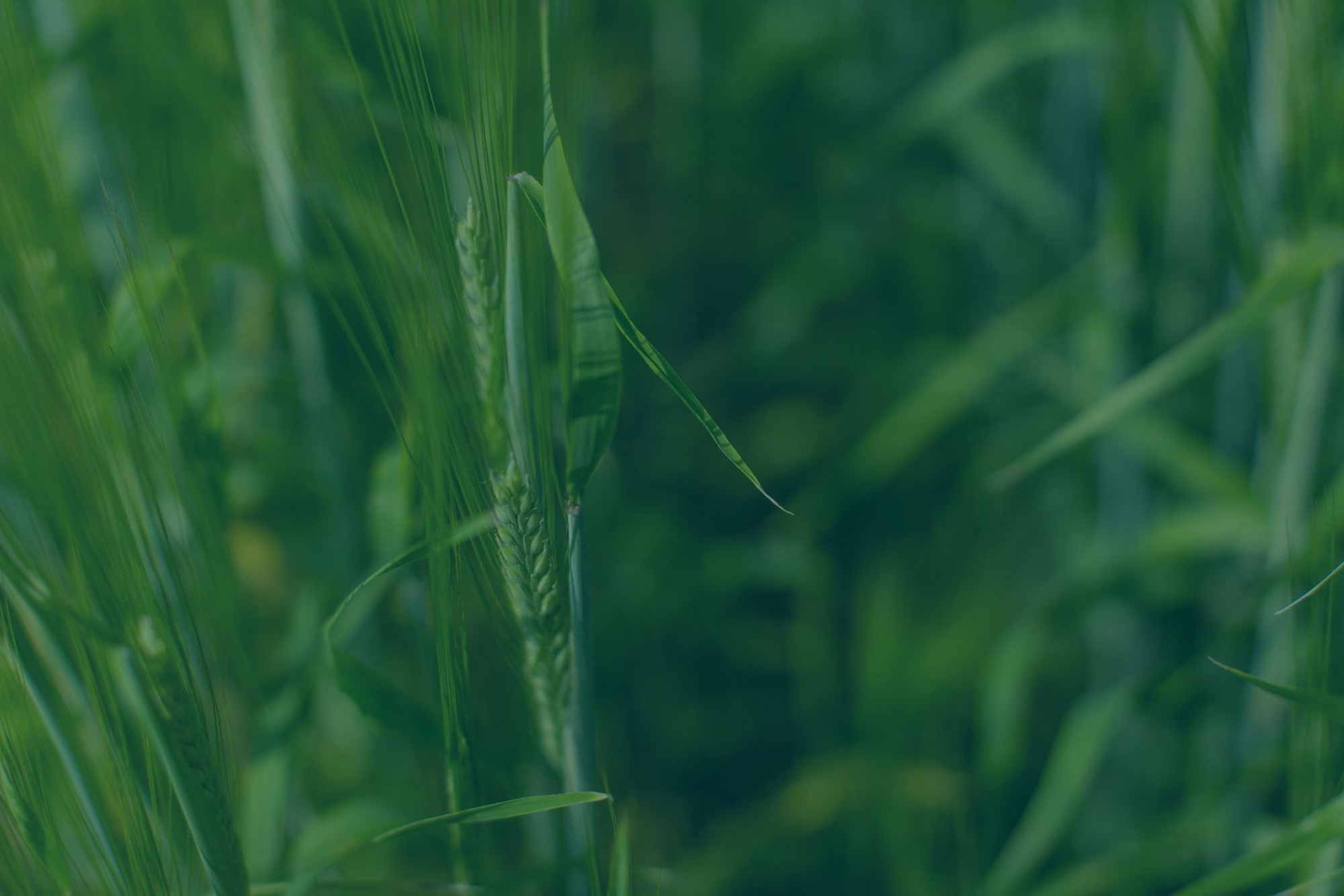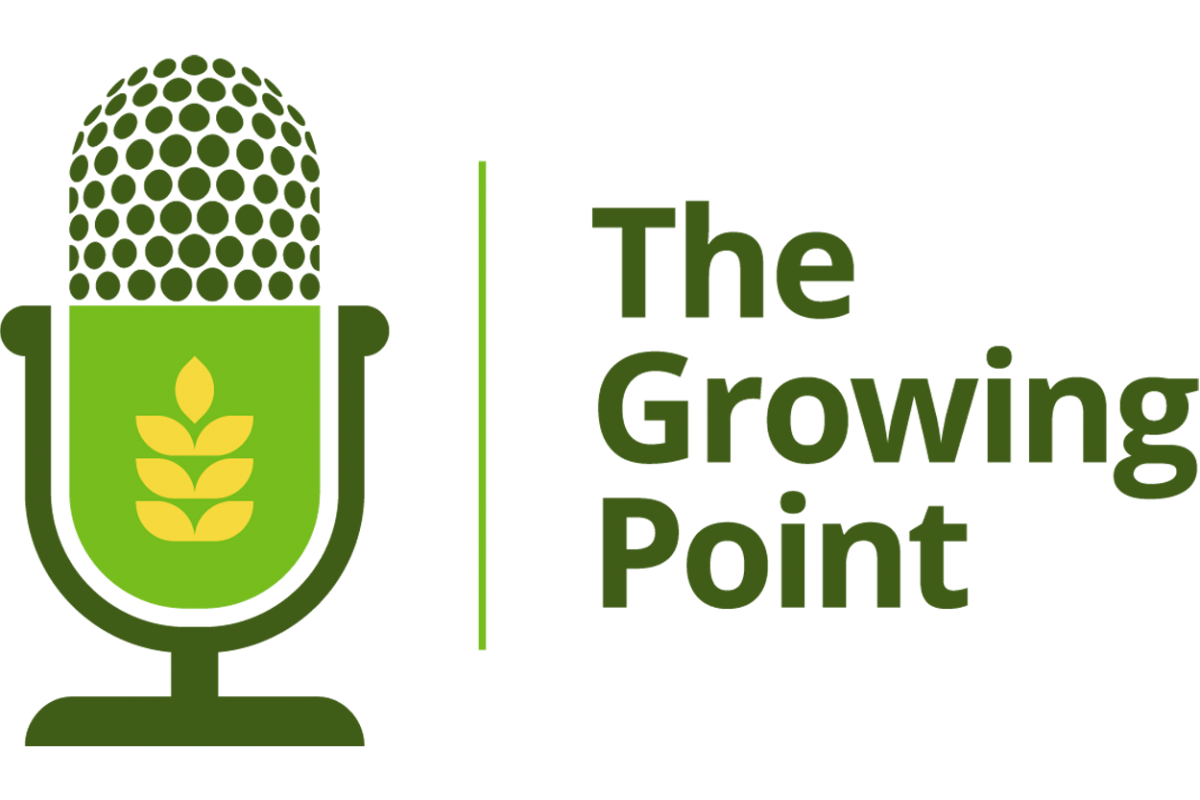Delayed leaf disease fungicide timing - is it worth it?
Cereal leaf disease does not always align with flag leaf fungicide timing. If disease symptoms occur after flag leaf timing, is a later application still worth it? Should I delay the application to head timing (anthesis) to add Fusarium suppression as well or should I apply fungicide now? Would this delay cause yield loss? Research conducted in western Canada on spring wheat and across Canada for barley suggest that fungicide application at head timing does not come with a yield sacrifice compared to flag leaf.
Spring wheat varieties such as Carberry, CDC Go, CDC Abound among others (refer to the Alberta Seed Guide) are susceptible or moderately susceptible to leaf spot disease, and are at higher risk of disease infection. Research1 comparing Prosaro (Bayer) applied at anthesis timing to Folicur (Bayer) applied at flag leaf timing on Carberry Spring Wheat in Saskatoon, SK; Indian Head, SK; Melfort, SK; Brooks, AB; Lethbridge, AB; and Lacombe, AB concluded that anthesis timed application of Prosaro provided adequate control of leaf diseases while maintaining yield. Results were grouped by high disease severity locations and low disease severity locations. Within the high disease severity location group, the untreated check had 72.3% leaf disease severity and 3676 kg ha-1 (55 bu/ac) yield. Flag leaf fungicide timing reduced disease severity by 38.5% and increased yields by 334 kg ha-1 (5 bu/ac). Anthesis fungicide timing reduced disease severity by 32.2% and increased yields by 465 kg ha-1 (7bu/ac). For the low disease locations, flag leaf and anthesis timing fungicides reduced disease severity from 16.2% for the check to 7.1% and 7.6% respectively, but yield was not changed by either application timing.
Similar findings were seen in research conducted by Dr. Kelly Turkington as part of the Growing Forward 2 research program. Turkington compared Twinline (BASF) at flag leaf timing to Prosaro (Bayer) at head emergence on various feed barley varieties. Locations included: Beaverlodge, Lacombe and Lethbridge, AB; Scott, Melfort, and Indian Head, SK; Brandon, MB; and Charlottetown, PEI. Similar to the response in spring wheat, a slight increase in disease severity was seen when fungicide was delayed until head emergence. However, there was no difference in final yield at either fungicide timing.
It should be noted that although dual fungicide application (flag leaf and head timing) increased yields above single fungicide applications, there was no economic advantage due to additional cost.
This research demonstrates that missing the flag leaf fungicide timing window is not always crucial for maintaining maximum yields. If you miss your flag leaf timing and disease pressure is not substantial, a delay to head timing will protect your yield, limit disease occurrence and provide Fusarium Head Blight suppression. However, this does not mean head/anthesis timing is always the most appropriate. Leaf disease is a complex problem and a systems approach should always be used. If you are growing a highly susceptible variety under short rotations and the leaf below the flag leaf is displaying disease symptoms, a flag leaf timed fungicide may be most appropriate. If weather conditions remain conducive for leaf disease development, a second application may be needed to top up your leaf disease control, while providing suppression of Fusarium head blight.
References
1. D.E. MacLean, J.M. Lobo, K. Coles, M.W. Harding, W.E. May, G. Peng, T.K. Turkington, H.R. Kutcher, Fungicide application at anthesis of wheat provides effective control of leaf spotting diseases in western Canada, Crop Protection, Volume 112, 2018, Pages 343-349, ISSN 0261-2194.

